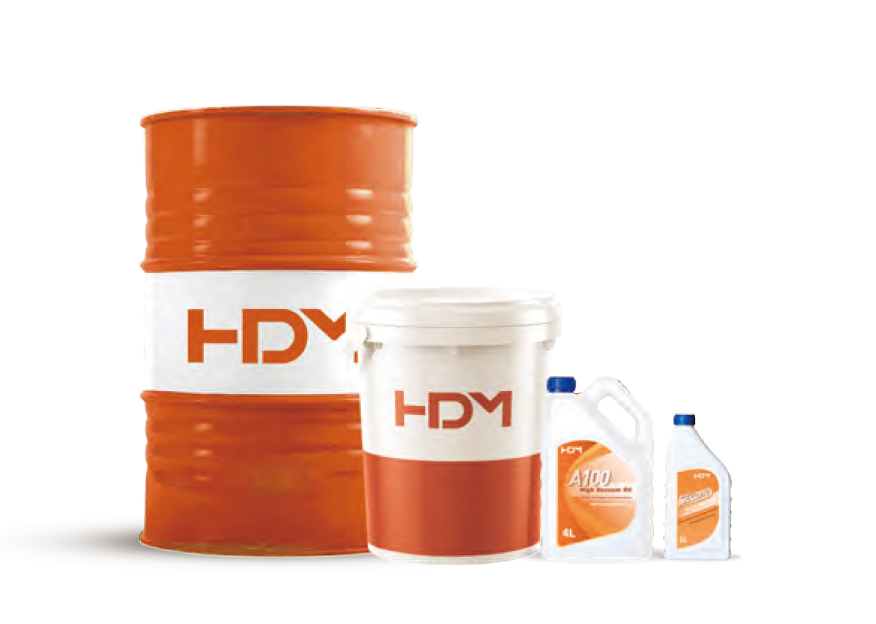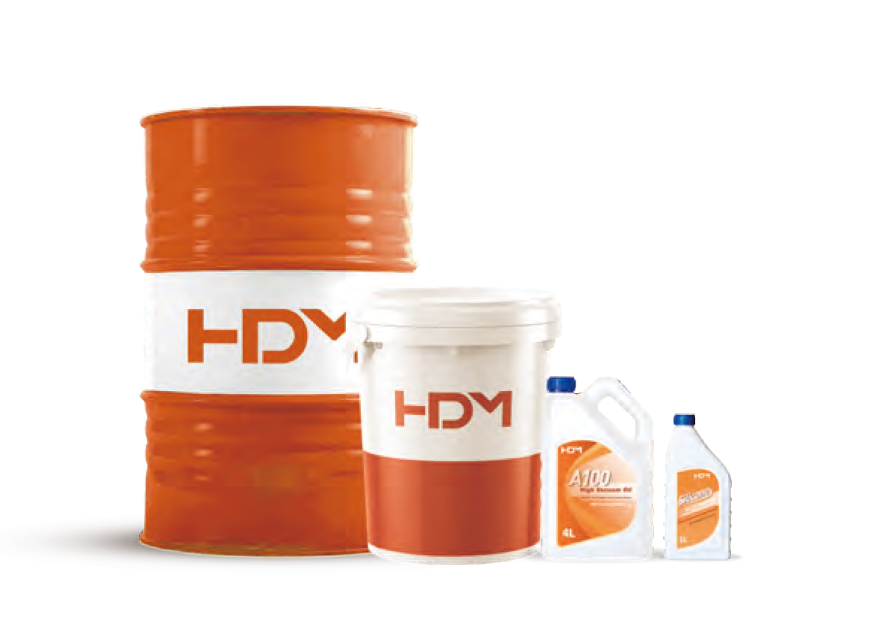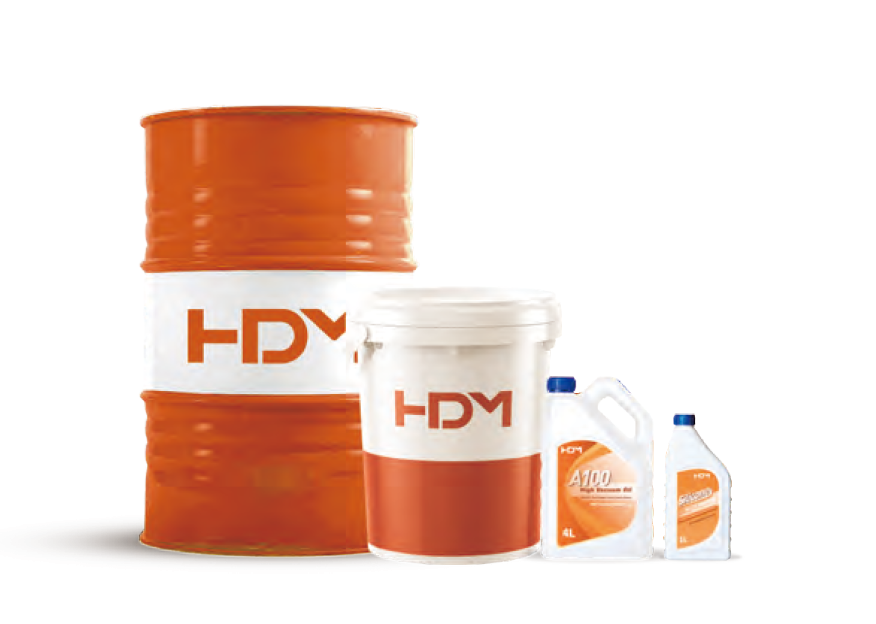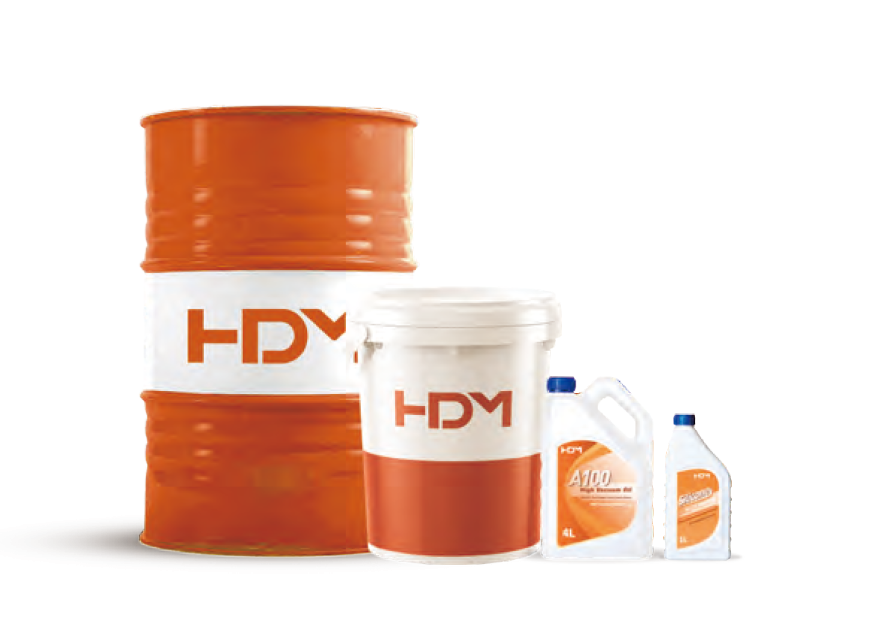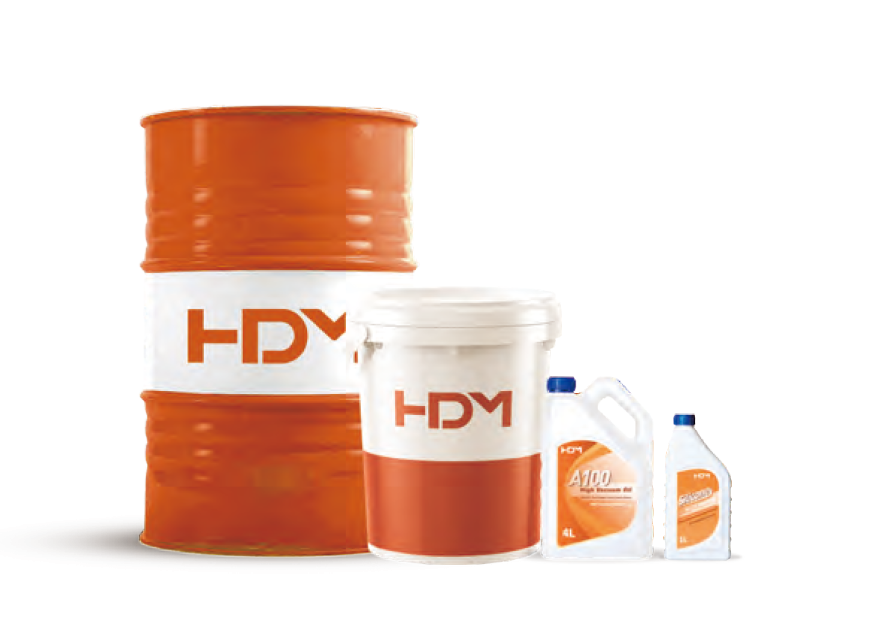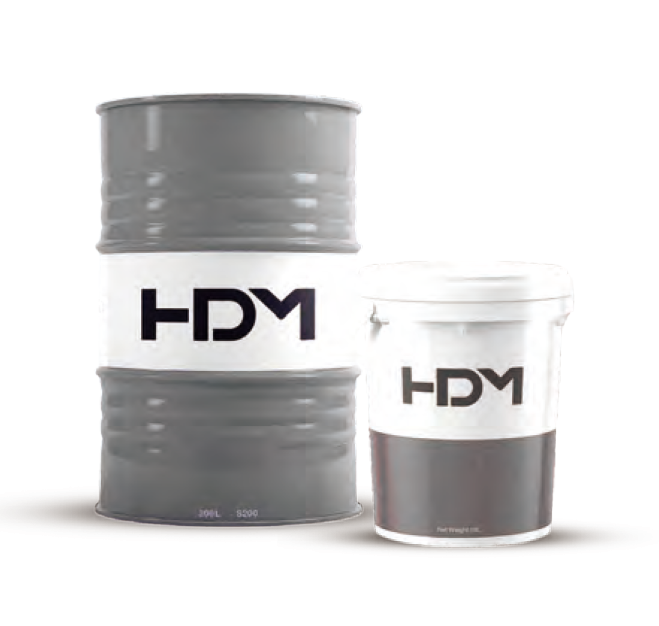On May 1, 2022, the European Automobile Association ACEA released the new 2022 ACEA heavy-duty engine oil sequence. These specifications define the required performance characteristics of engine oils based on their ability to protect against engine wear, deposit formation, corrosion and oil degradation. Specific requirements vary with the type of engine oil being tested as well as the engine type and operating conditions.
This update introduces several changes compared to the ACEA 2016 specification, including new oil categories and new engine testing hardware.
ACEA E8 replaces ACEA E6
The new ACEA E8 category, which focuses more on improving piston cleanliness, introduces Daimler's new OM471 engine test hardware, which replaces the OM 501LA. The adoption of the OM 471 engine involved a significant increase in performance to meet the requirements for longer oil change intervals. The testing of the new OM 471 engine set new industry standards in terms of the intensity and duration of the tests, lasting a full month. This enhanced piston cleaning performance is necessary to handle the higher operating temperatures of the latest Euro VI heavy-duty engines using SCR systems, which are mandated by Euro VI NOx emission regulations, and which require longer oil change intervals.
It also introduces oxidation and aeration performance specifications by including established ASTM engine tests developed for API CK-4.
New E7 subcategory: Cat 1N
The ACEA E7 engine oil category, intended for use in high-speed four-stroke diesel engines with exhaust gas recirculation (EGR), has been revised to include a new subcategory called E7-2022. This subcategory has stricter performance requirements than the E7-2016 category it replaces.
Cat 1N has been used to replace OM 501LA in the ACEA E7-2022 category of engine oil intended for use in high speed four-stroke diesel engines with exhaust gas recirculation (EGR). The new OM 471 test is more demanding than the previous test for ACEA E7 category engine oils.
New E11 subcategory: Cat C13
Cat C13 has been used to replace OM 501LA in the ACEA E11 category of engine oils intended for use in high-speed four-stroke diesel engines with EGR and aftertreatment devices such as diesel particulate filters. The new Cat C13 is designed to meet the API CK-4 specification for engine oils intended for use in diesel engines with EGR and aftertreatment.
ACEA allows succession to OM 501LA
ACEA permits the use of OM 501LA data to demonstrate compliance with ACEA E4-2022, E7-2022 and E11-2022 piston cleaning performance standards. This means that engine oils previously tested using the OM 501LA test can still be used to demonstrate compliance with the current ACEA standard, even if OM 501LA has been superseded by the corresponding categories of engine oils Cat 1N and Cat C13.
Increased test limits for HD diesel engines
The new ACEA 2022 increases the stringency of the CEC L-104 biofuel piston cleanliness test for ACEA E8-2022 and E11-2022 engine oil categories. As such, the tests should more accurately reflect the operating conditions these oils will encounter in actual use.
The new requirements also specify higher limits for the Mack T-12 engine wear test for the ACEA E8-2022 engine oil category. This limit has now been raised to the same level as the ACEA E11-2022 category, making the performance requirements of the ACEA E8-2022 category more stringent.
With the new adoption and limit setting, the 2022 ACEA performance requirements for engine oils for heavy duty diesel engines are now more aligned with other industry standards, namely MB 228.51 (ACEA E8-2022), API CI-4 ( 2022) and API CK-4 (ACEA E11-2022).
in conclusion
The new ACEA 2022 specification represents an update to the previous ACEA 2016 standard, with a focus on improving engine oil performance and protection. These changes are designed to help ensure that engine oils can keep up with the increasing complexity and performance demands of modern engines.



